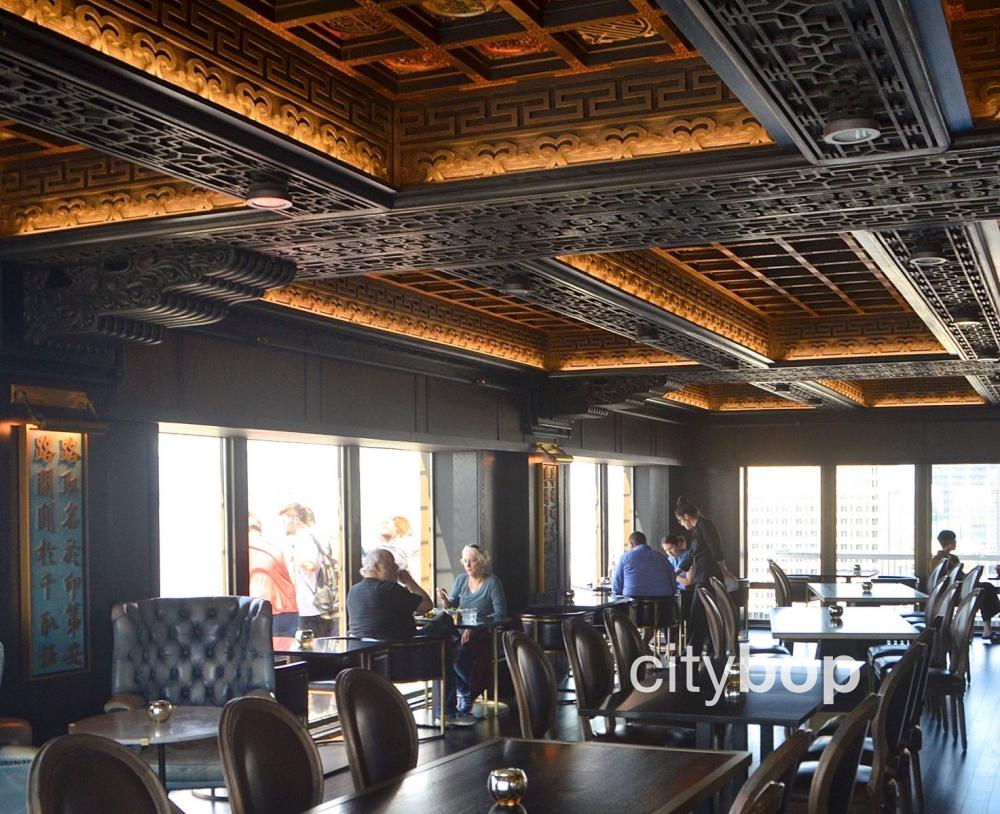
While constructing the steel frame, contractor E.E. Roughly 4,000 tons of steel were shipped in from Pittsburgh's American Bridge Co., requiring the use of 164 railroad cars. By eschewing the local timber industry in favor of steel construction materials, the west coast's grandest building ushered in a new and modern era for the region. The Smith Tower's steel frame was not the city's first, but it was perhaps its most notable. It allowed for tall buildings without obstructing light or air. As historian Mark Gelernter notes, this was a method virtually trademarked by New York City's Metropolitan Tower and Woolworth Building, the Smith Tower's two main rivals at the time. For the steel-framed building, Smith utilized a tower and base methoda wide lower base rising around twenty stories, which then allowed a narrow tower to extend indefinitely skyward. The younger Smith had spent much time in Manhattan and brought New York City building principles to the Smith Tower with the help of its architects, Syracuse, New York-based Gaggin and Gaggin. A year after Smith's passing, his son Burns Lyman took the Smith Tower project over and in 1911 broke ground on a building that even his father could not have envisioned: a 42-story (according to the 1914 Seattle Times, although more recent reports place it closer to 37 stories) neo-classical skyscraper that would come to define the Seattle skyline and the city itself. The two businessmen agreed that they'd each build 14 stories, but production lagged on the Smith Tower, and after Smith passed away in 1910, Hoge unabashedly built 17 stories. Smith planned for an 18-story building, but soon found himself in a dispute, according to the Seattle Times, with fellow Seattle developer John Hoge, who had commissioned his Hoge Building around the same time. The purchase was the largest-ever property sale in Seattle. When Smith learned that it was also the fastest growing city in the nation, he purchased, sight unseen, eight separate properties in Pioneer Square on which to build a headline-inducing skyscraper for the Smith Premier Typewriter Company.

For Smith, Seattle had a strategic geographic position out of earshot and eyeshot of then-President Woodrow Wilson's Democratic administration.

The one-time gun manufacturer had recently transitioned into typewriter production. Smith was searching for a place to grow his new business. Begun by Syracuse, New York, businessman Lyman Cornelius Smith and finished by his son, Smith Tower brought the design and engineering tactics of New York City skyscrapers to the Pacific Northwest. When it opened on July 4, 1914, the 462-foot building was touted as "the highest, finest, and most complete office building outside of New York." Though it hit the skyline at the peak of the skyscraper era, forty years after the advent of the elevator made such tall buildings possible, it was the first such tower in Seattle-the city's tallest structure at the time, the King Street Station clock tower, stood at just 247 feet. Long before dot-coms became part of the vernacular, one tech giant gave the city its beacon of stature and modernity, Smith Tower. Seattle is a city shaped by tech booms and busts.


 0 kommentar(er)
0 kommentar(er)
